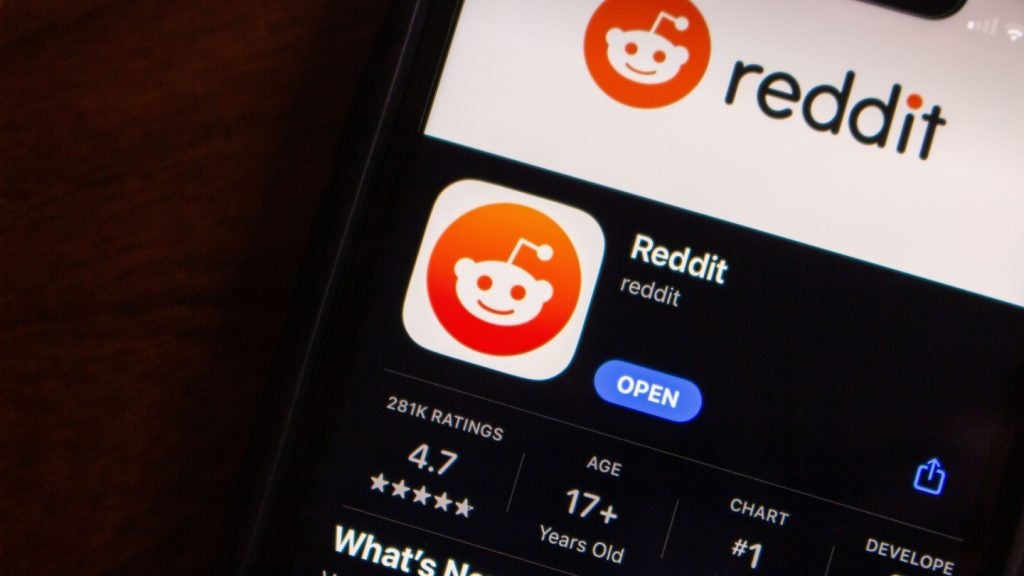Naver has filed a patent for a content playing method that involves changing a video-on-demand (VOD) playlist to a live playlist, providing it to the player, acquiring a second media playlist for another content, and generating a third playlist by connecting the two. The method aims to enhance content playback on computer devices. GlobalData’s report on Naver gives a 360-degree view of the company including its patenting strategy. Buy the report here.
According to GlobalData’s company profile on Naver, recommender systems was a key innovation area identified from patents. Naver's grant share as of September 2023 was 57%. Grant share is based on the ratio of number of grants to total number of patents.
Method for changing vod content to live content during playback
A recently filed patent (Publication Number: US20230262292A1) describes a content playback method performed by a computer device with at least one processor. The method involves acquiring a first media playlist for video-on-demand (VOD) content through one of multiple servers in response to a player's request. The acquired playlist is then modified from the VOD type to a live type and provided to the player. While the first content is being played back using the modified playlist, a second media playlist for second content is acquired from one of the servers. Finally, a third media playlist is generated by connecting the second media playlist to the modified first media playlist.
The player in this method is configured to periodically request the first media playlist while playing back the first content. The modified first media playlist is provided in response to these periodic requests, and the third media playlist is provided after acquiring the second media playlist. The modification of the acquired first media playlist involves removing an end tag, adding a tag specifying the live type, and changing the streaming data path to an absolute path with a default URL.
The third media playlist includes both the first content from the modified first media playlist and the second content from the second media playlist. It also includes a tag indicating a change in the timeline between the two contents. Importantly, the servers providing the first media playlist and the second media playlist can be different servers.
The patent also mentions a non-transitory computer-readable recording medium that stores a computer program for implementing the content playback method described above on a computer device. Additionally, the patent describes a computer device with at least one processor that is configured to execute computer-readable instructions for content playback. This device performs the steps of acquiring the first media playlist, modifying it to a live type, providing it to the player, acquiring the second media playlist, and generating the third media playlist by connecting the two playlists.
Overall, this patent presents a method and system for content playback that allows for seamless transitioning between VOD and live content. By modifying the media playlists and connecting them, the method ensures a smooth playback experience for users.
To know more about GlobalData’s detailed insights on Naver, buy the report here.
Premium Insights
From

The gold standard of business intelligence.
Blending expert knowledge with cutting-edge technology, GlobalData’s unrivalled proprietary data will enable you to decode what’s happening in your market. You can make better informed decisions and gain a future-proof advantage over your competitors.




